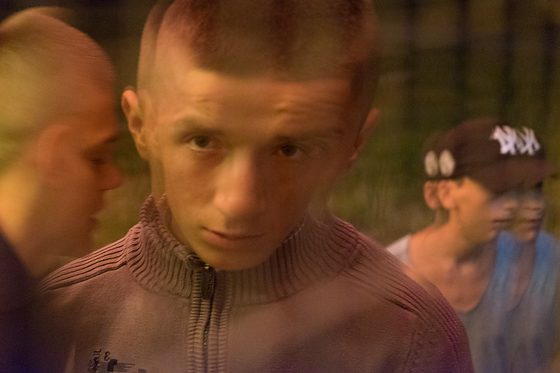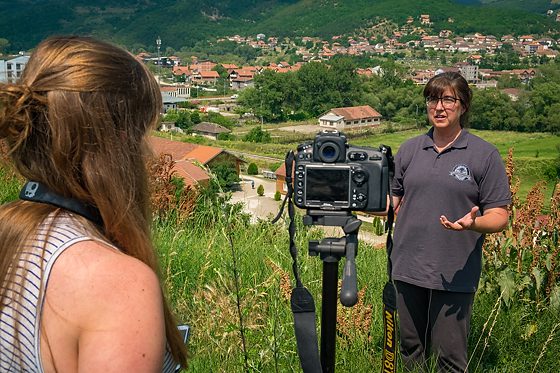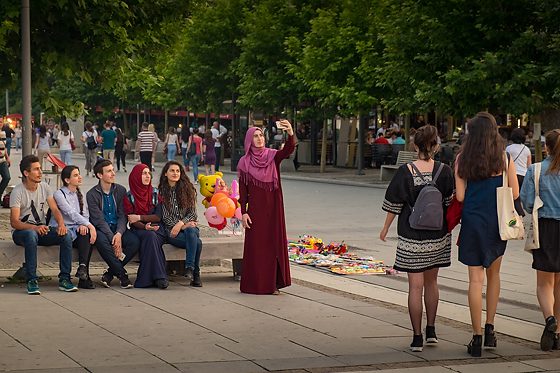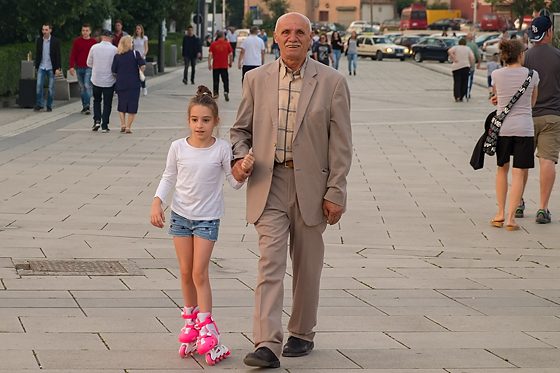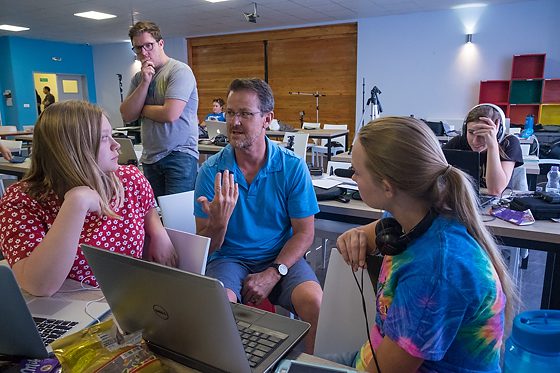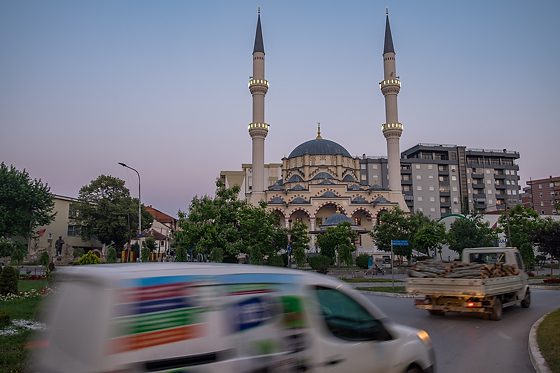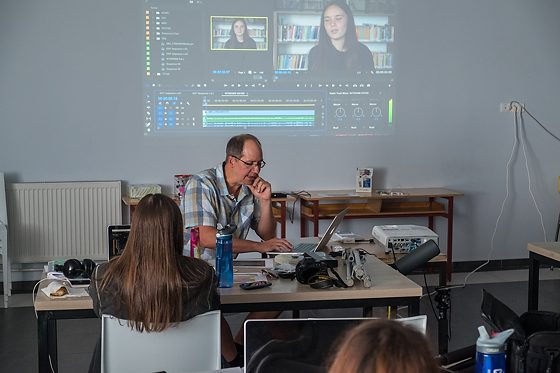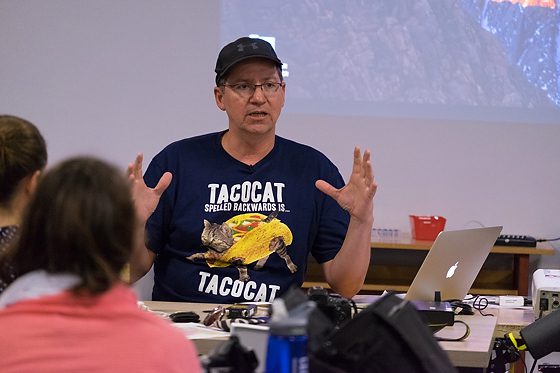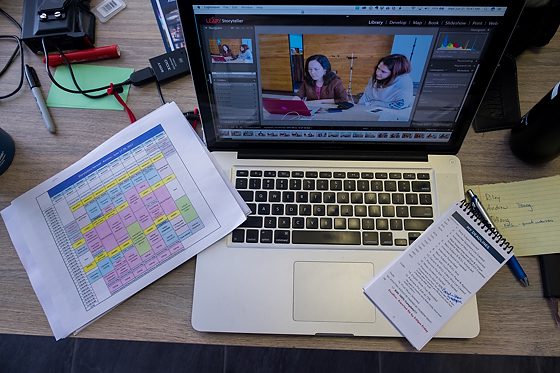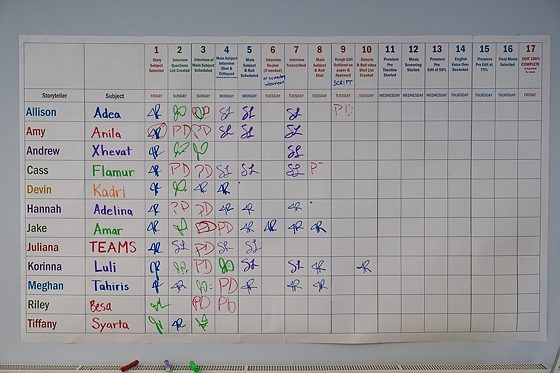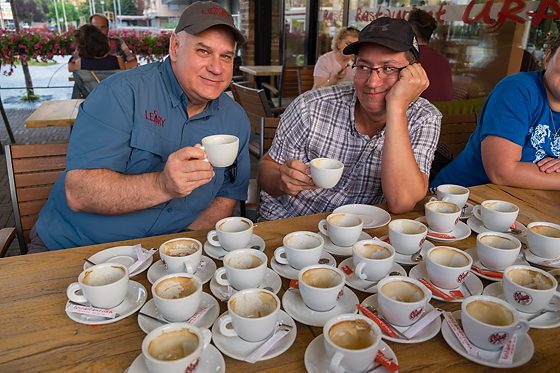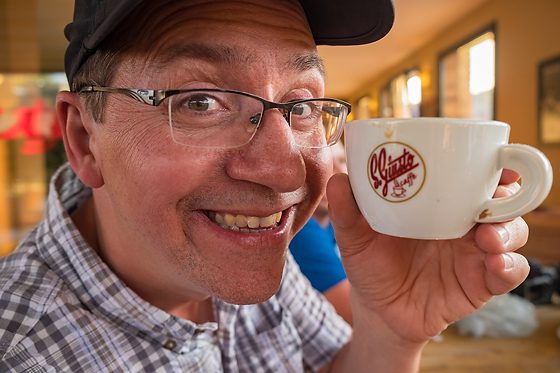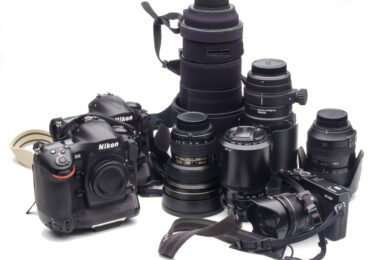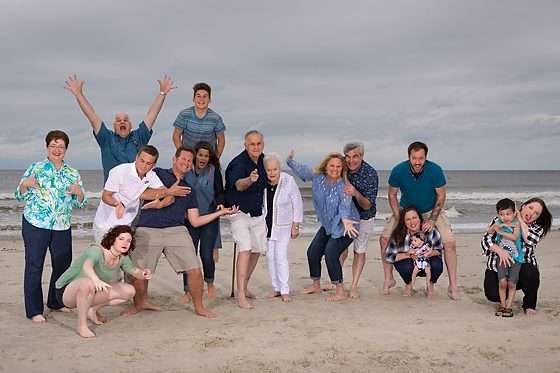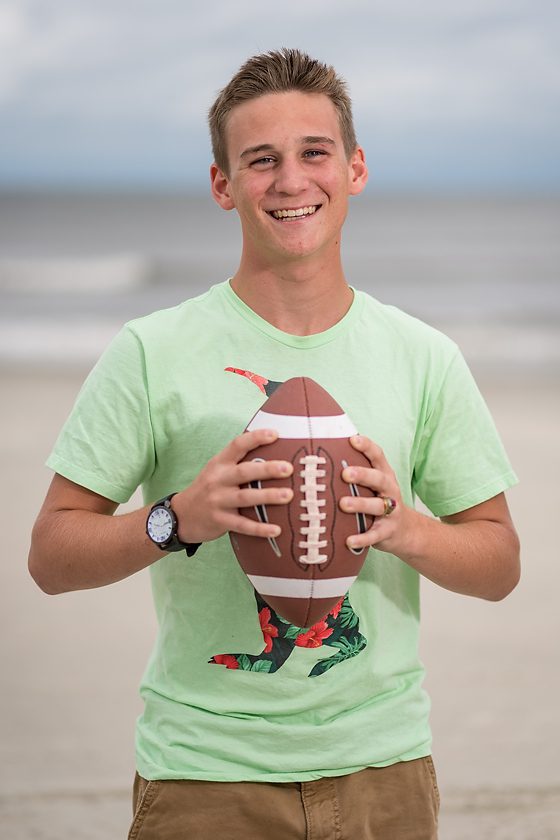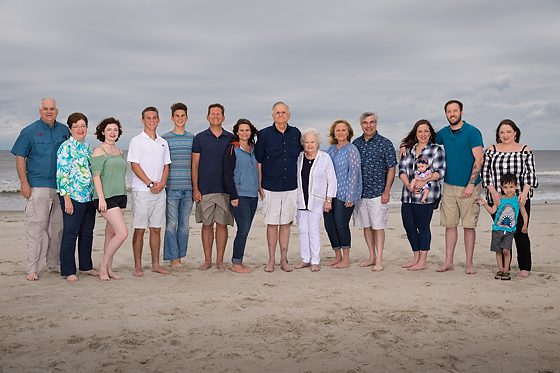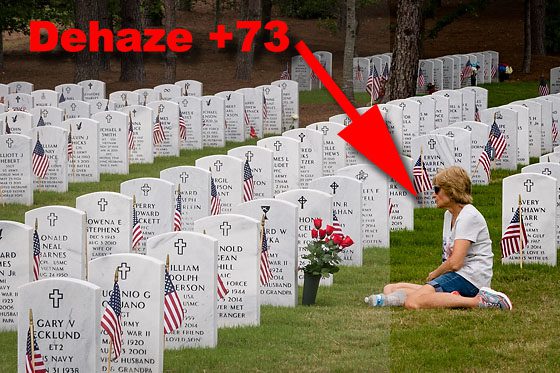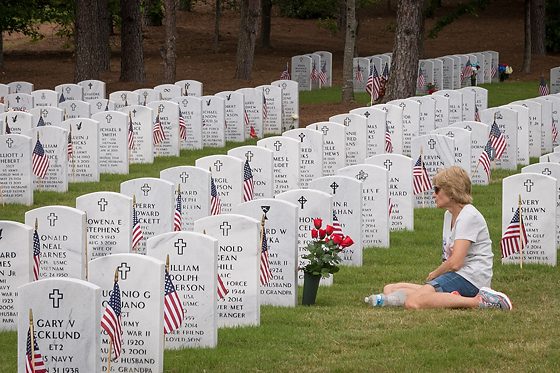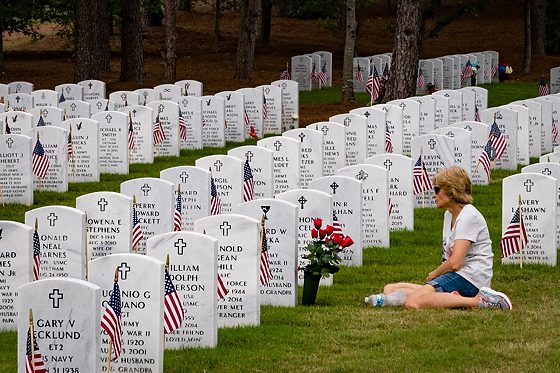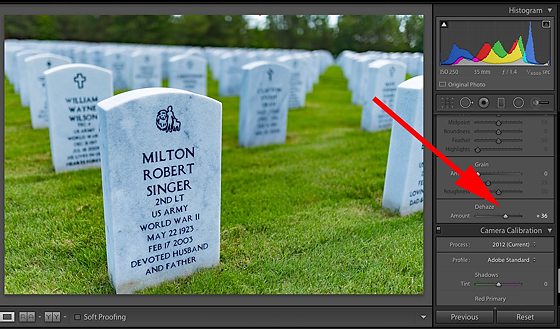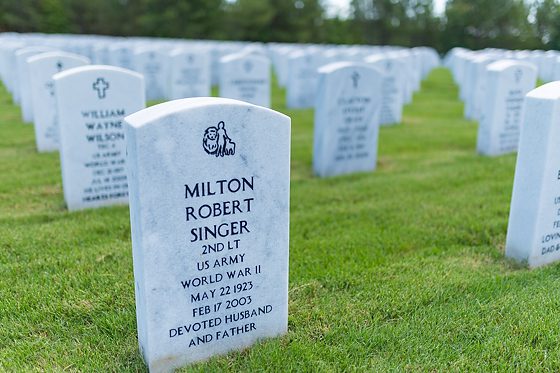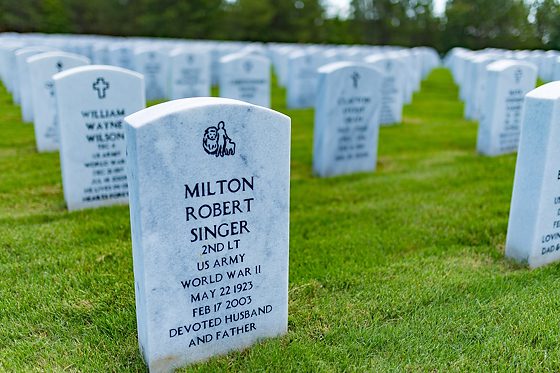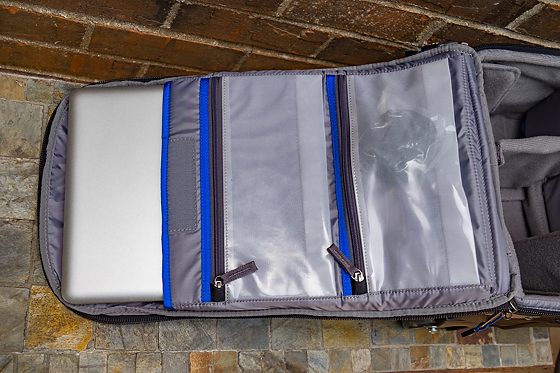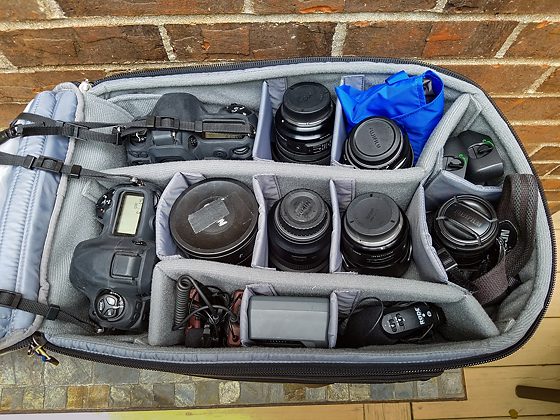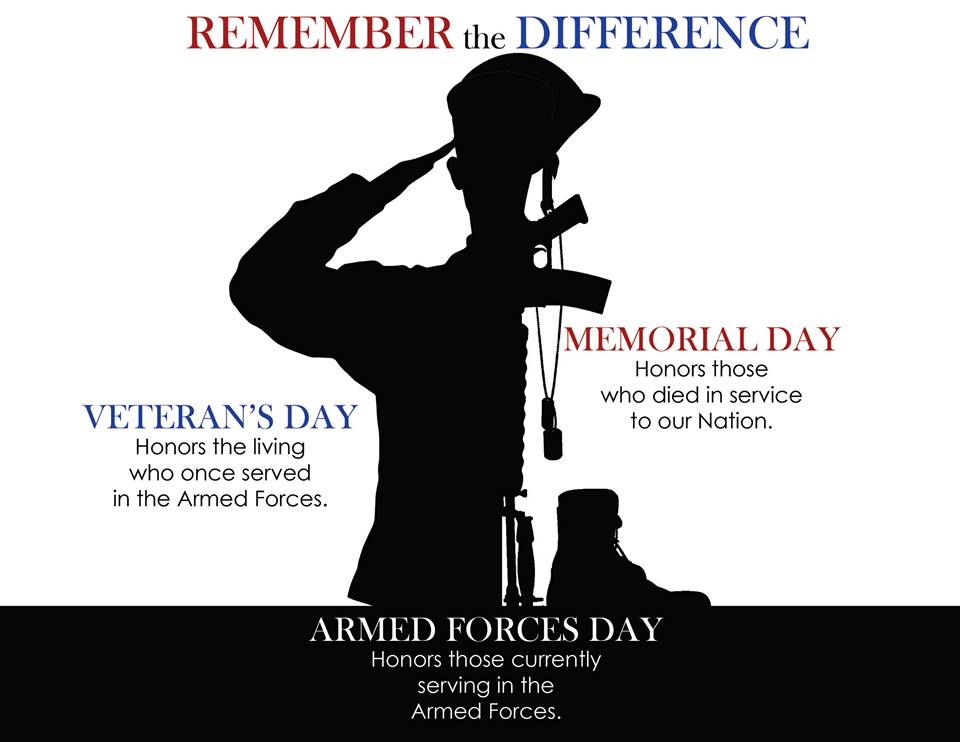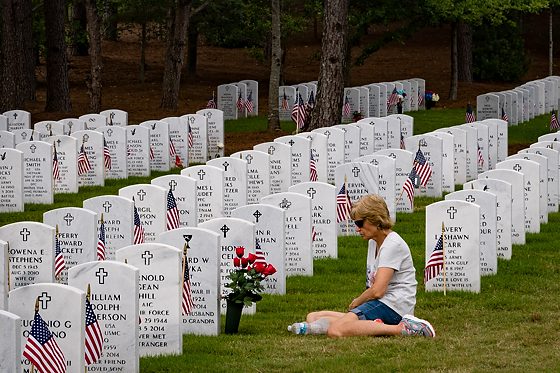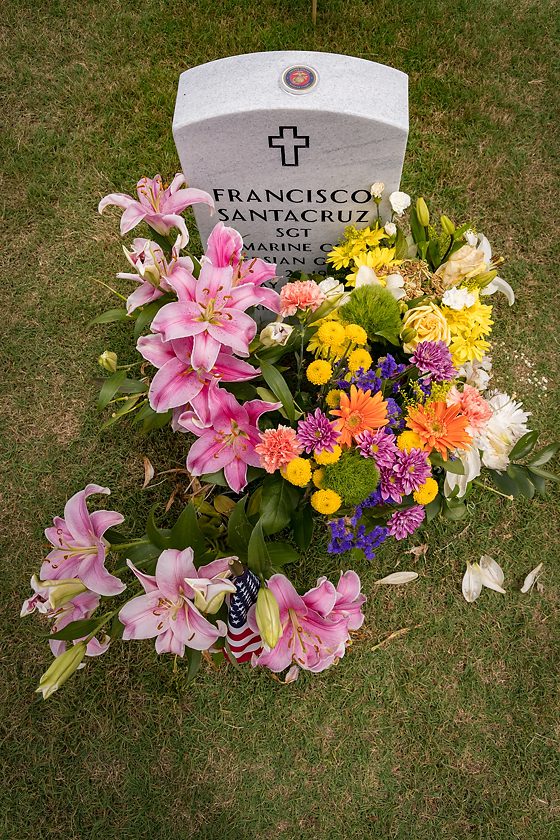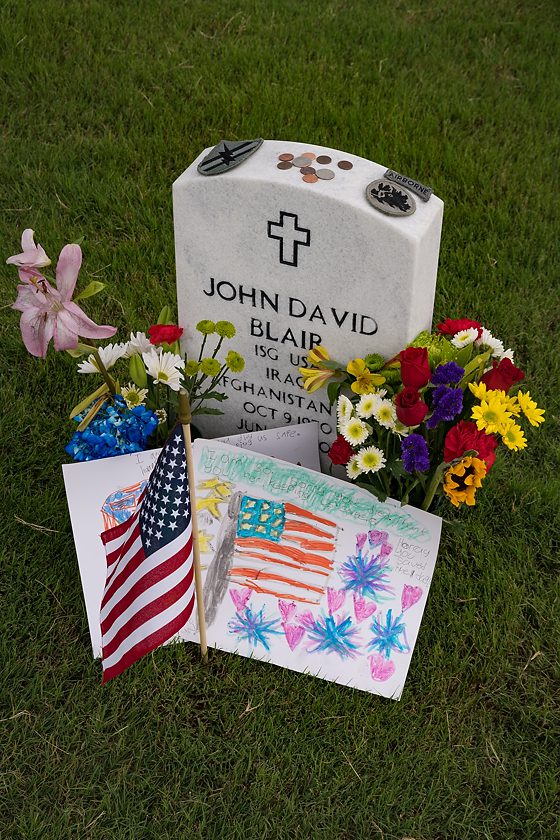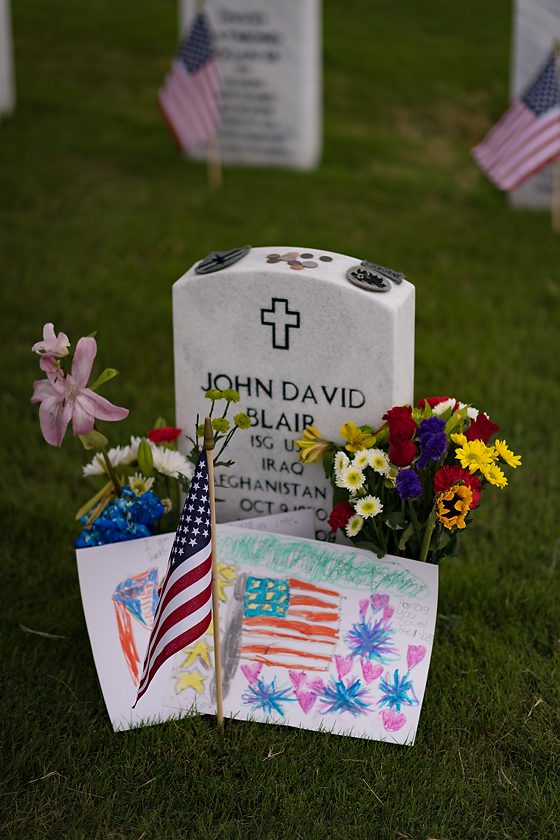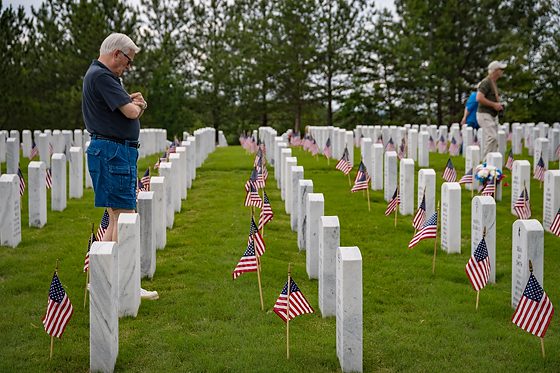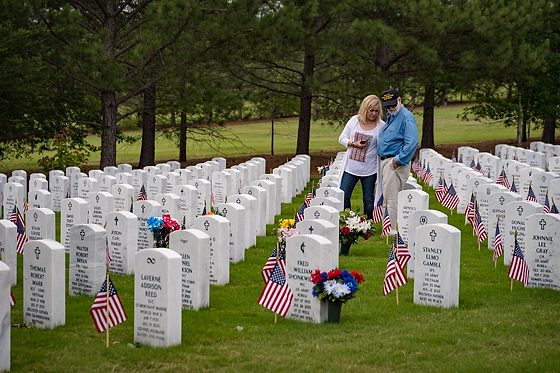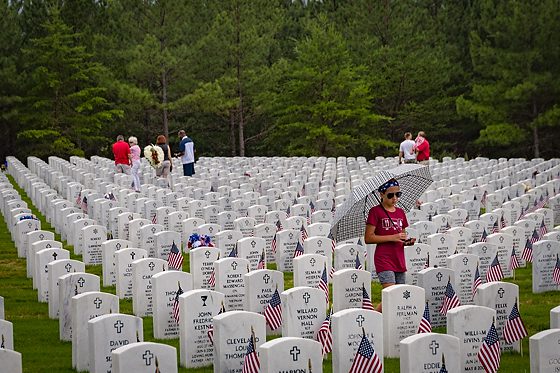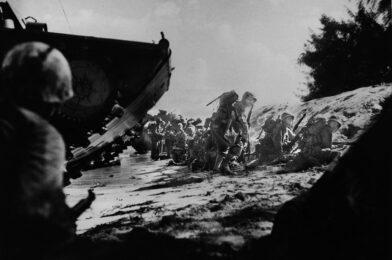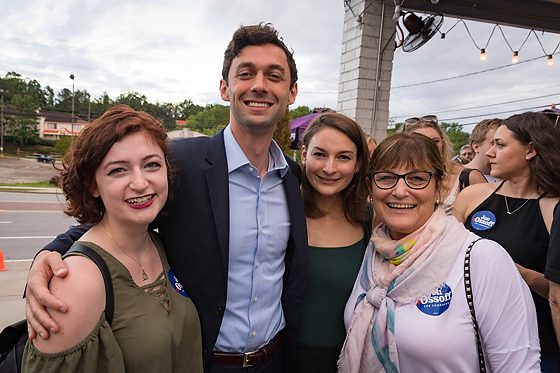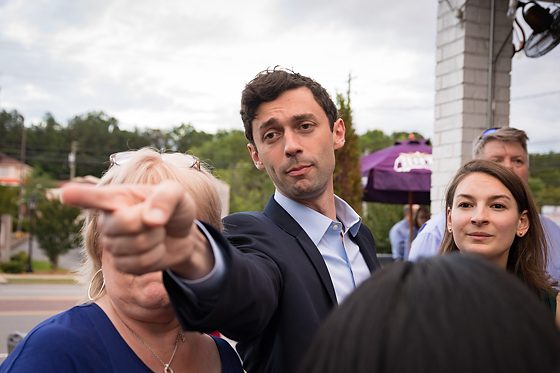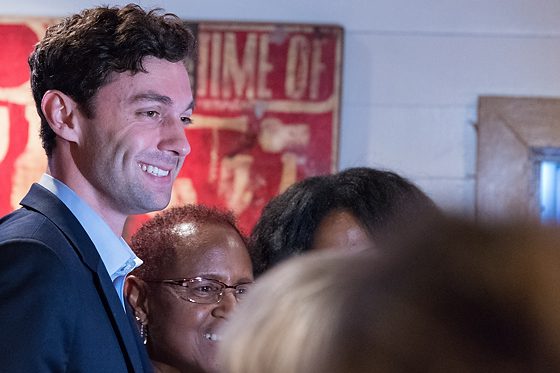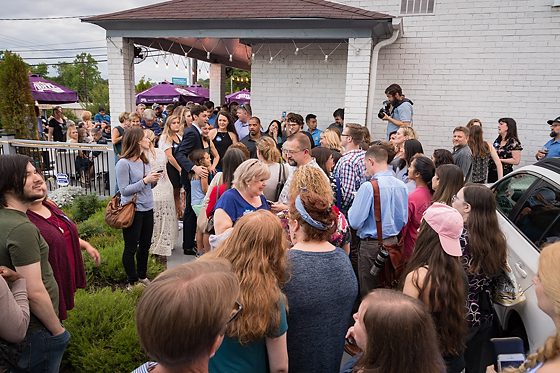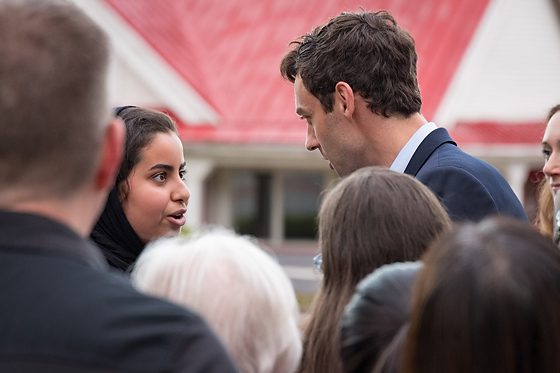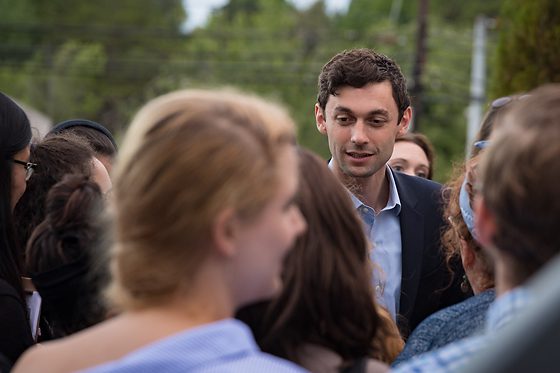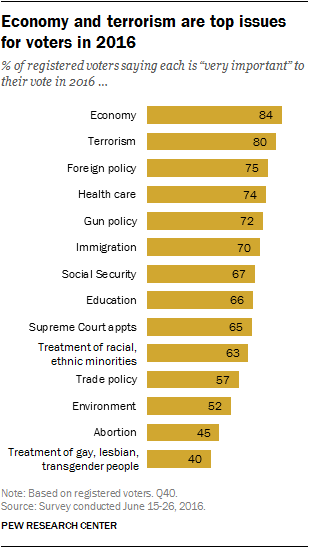[Fuji X-E2, 18-55mm, ISO 6400, ƒ/4, 1/25]
This young boy and his friends were hanging out on a bumper car ride in the Balkans. The boy is looking at me through a reflection of mirrors in the passage. There is a curiosity in his eyes about who is this American with a camera.
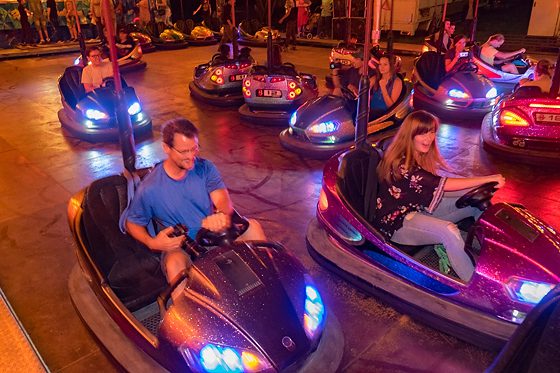
His look and the fact I didn’t have the time to get to know him reminded me that listening to others takes a lot of things.
We had just finished showing our projects to the Storytellers Abroad Multimedia Workshop on Friday night, and we all took a break and walked downtown.

Saturday, we put the finishing touches on the stories to show that evening to all the Global Workers and subjects of the stories during our Storytellers Abroad Multimedia Workshop.
Here is Pat Davison working with Hannah Dunlap, a student at Cedarville University. Beside them is Meghan Duncan, who just graduated High School working with James Dockery on putting those finishing touches on their stories to show Saturday night.

Pat and Hannah are celebrating because they just started exporting the finished project. Meghan and James are getting close, and I was working with Juliana Spicer, a Liberty University student, on fixing a corrupt sequence in her Adobe Premier Pro project. We got it fixed, and she showed her show as well.
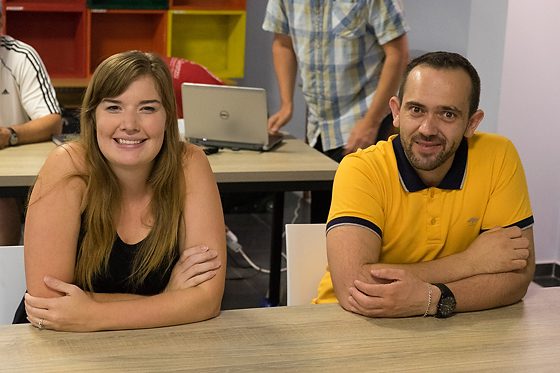
This is Korinna Duke, a Cedarville University grad with her subject. Korinna told me later that she was watching him while showing the story she did for his reaction. When he gasped at part of the story, she was distraught. She wanted to tell his story as accurately as she could.
Did I offend him? Was her question? In the end, he not only loved the multimedia package, he asked to get a copy to show all his friends and family.
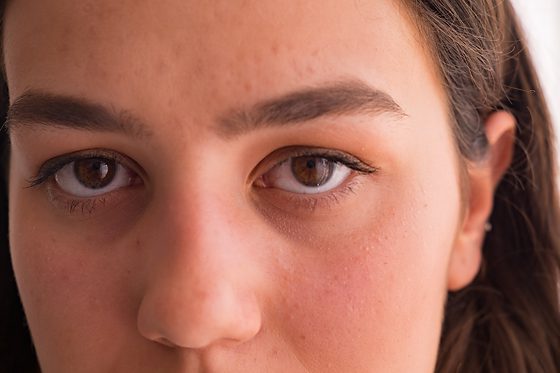
This week has taught me a lot about “Getting it Right.” We were in the Balkans telling stories of people whom we didn’t speak their native language and whose English lacked some of the polish necessary to get to the heart of the story.
Most of the students read what the global workers had said about the person they were doing a story on and did little on that first interview to peel beyond what was written on the page. They had taken the story at face value.
Some of the subjects had been persecuted based on ethnicity before the Balkan wars for many years, but after the war, that hasn’t disappeared. During the war, they had guns pointed at their heads instead of insults and lost their jobs just for being ethnically different. They watched as the soldiers executed their parents in front of them by cutting off their heads.
The main reason we were there was due to one global worker who, during the Balkans war, went to Europe from the United States to help refugees in a camp. The war was over much sooner than expected, and she was asked to work with all the children that were either orphans or had lost their fathers.
She created a school to love these kids and help them during their rebuilding of the country.
Many of the subjects were very guarded about telling their stories. It required the workshop’s students to build trust and listen with more than just their ears. They had to attend with their eyes. They had to be more observant than in their everyday life.
Teddy Roosevelt said, “People won’t care how much you know until they know how much you care.” This is the core skill necessary for the storyteller. Their subjects don’t care how much you know about them; they want to know how much you care about them before they allow you into their lives.
This week each instructor would ask questions of the students about their subjects. The common question was, “did you ask the subject?”
The key to getting the story right and having the information necessary to produce a compelling story relies solely on the storyteller’s curiosity and character. Do they care more about the person than the story? If you do, then the subject will let you into their lives. Only when the subject opens the door to their heart can the storyteller take the rest of the world with them on that journey.

